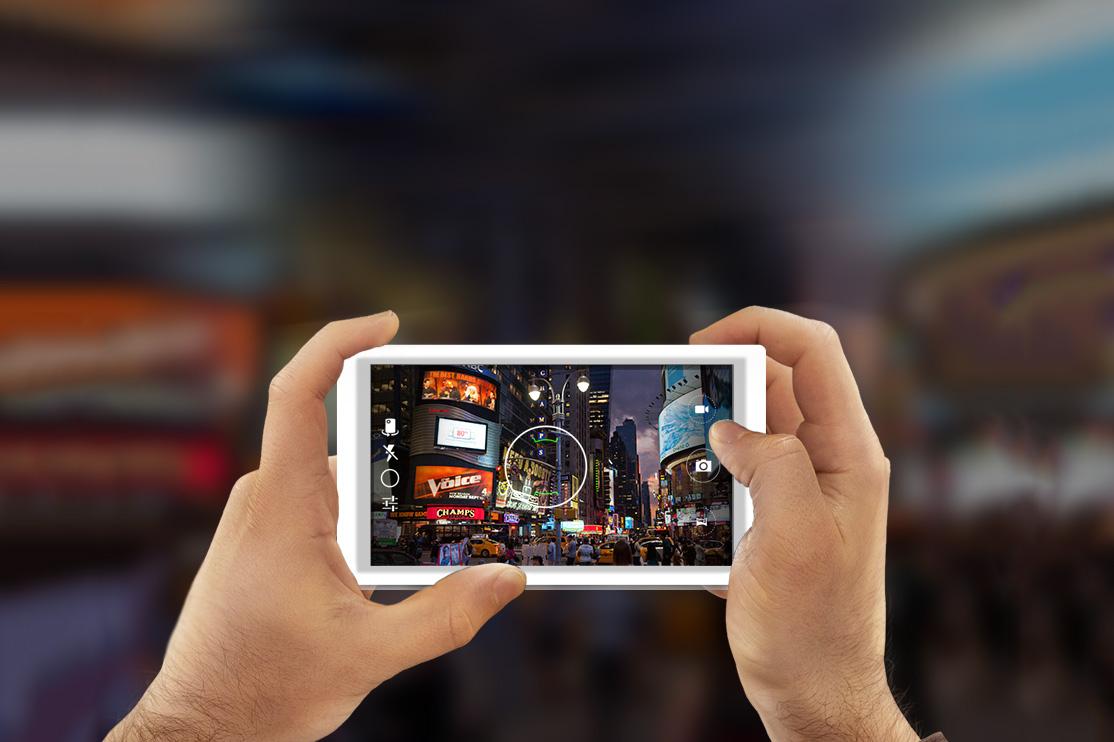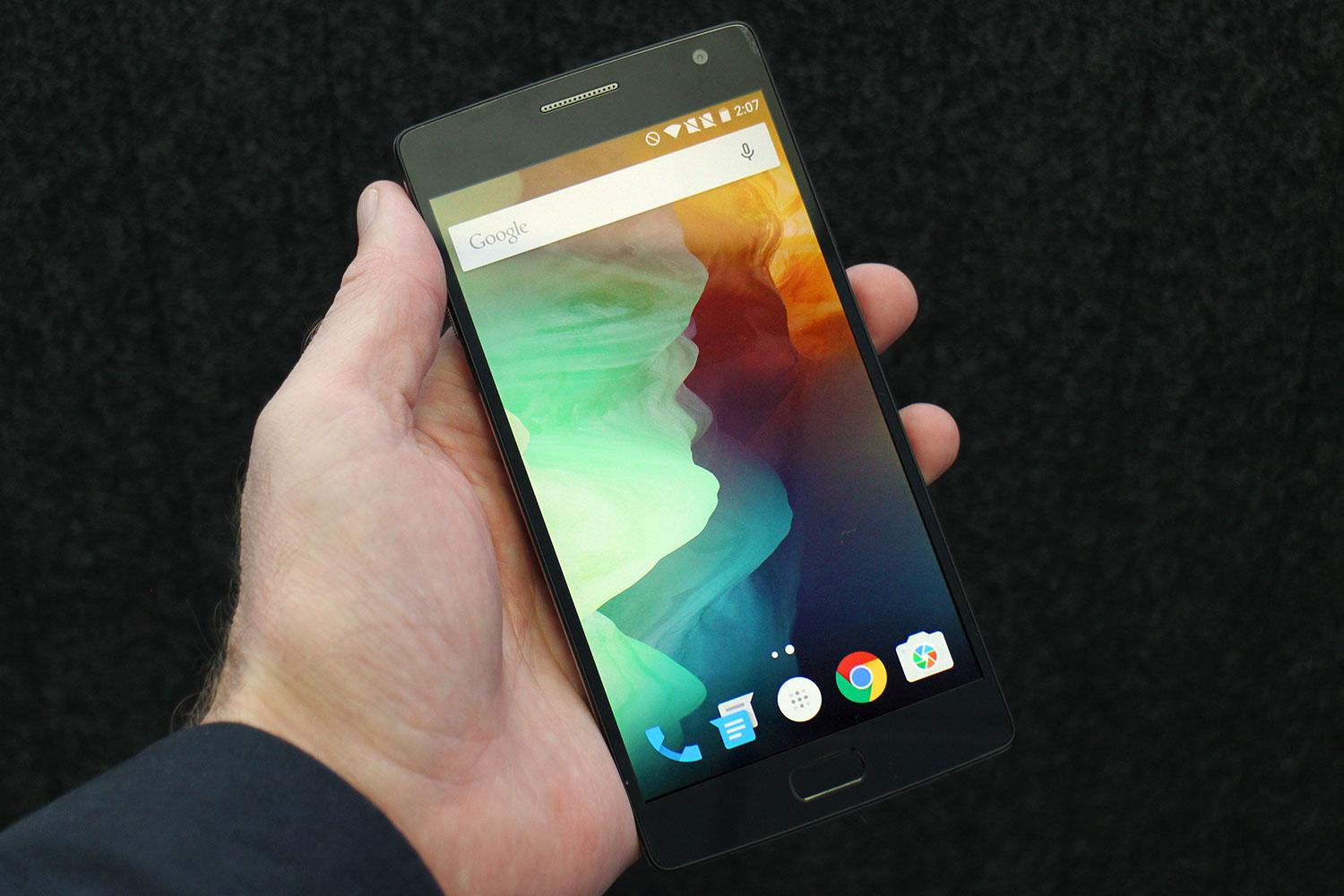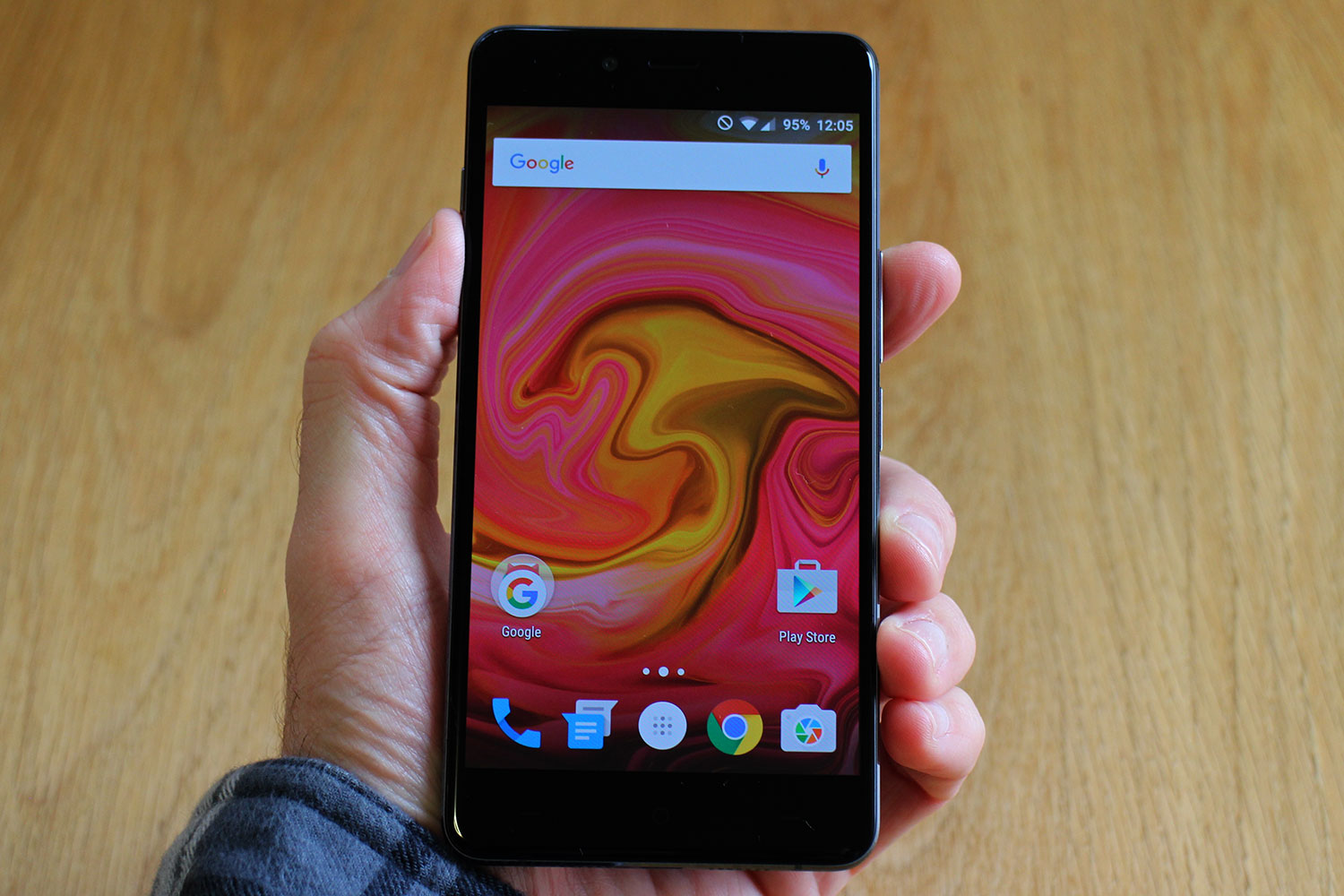
To commemorate the occasion, OnePlus’ co-founder Carl Pei reflected on the startup’s challenges and successes over the past year in a blog post. He also introduced a new version of the OnePlus X called the Champagne Gold Edition. It’ll join the company’s lineup of smartphones this holiday season.
Securing a limited edition OnePlus X Champagne in gold-and-white won’t necessarily be easy. It’s launching in Europe first, and will be available on a first-come, first-served basis to all but those who have OnePlus X invites. Those with invites, though, can use them for a Champagne device “any day.” Pei also said that the gold version will arrive in other markets soon.

In the blog post, Pei acknowledged the difficulties of the invite system and looked back on the company’s successes. He admitted his initial fear that the company might be a one-hit wonder before the OnePlus 2 launch kicked off.
“I think 2015 will be remembered as the year where we marked that OnePlus is here to stay,” he wrote. “We’ve been trying our best to do the right things at the right time, not taking unnecessary risks, and not letting noise or competition get in the way.”
Pei promised that 2016 will be a year of growth and maturation for the startup, while still “being unapologetically OnePlus.” Let’s take a look back at the startup’s progression from a no-name startup to a viral hit smartphone maker.
A startup with a clear philosophy and messy invite system
OnePlus, which was co-founded by Pei and former Oppo president Pete Lau, aimed from the start to “[bring] consumers premium products at a disruptive price” primarily through aggressive cost cutting. OnePlus would adopt a simplistic design philosophy and sell its smartphones exclusively online, rather than in retail stores or through wireless carriers. But unlike low-cost smartphone startups such as Blu Products, Yota Devices, and Jolla, OnePlus would “create … more beautiful and higher quality” phones, Lau said in an interview with the Verge in 2013.
“More companies go bankrupt because they keep too much stock, versus companies who can’t sell.”
The company by all appearances adhered to that philosophy with its first smartphone, the One. The design team spent almost four months fine tuning the USB cable alone, Lau told Engadget, and spent weeks more perfecting the anodized screen bezel and camera performance. And on the software side, it partnered with software company Cyanogen to produce a customized version of Android, CyanogenMod 11S, exclusively for the One. “Everyone should have access to the best and latest technology,” said Lau.
Those words would come to haunt him. The One launched with a reservation lottery: You could only buy the phone after applying for an invitation, and then only within a brief window of time. The company argued that the system helped it measure demand and, by extension, helped it avoid making handsets it wouldn’t ship.
Those words would come to haunt him. The One launched with a reservation lottery: You could only buy the phone after applying for an invitation, and then only within a brief window of time. The company argued that the system helped it measure demand and, by extension, helped it avoid making handsets it wouldn’t ship.
“More companies go bankrupt because they keep too much stock, versus companies who can’t sell,” Pei told Wired. But a myriad of technical, shipping, and manufacturing problems led to a month-long delay for even those who did manage to secure an invite. An ill-conceived marketing campaign made matters worse.
The company eventually dropped the invitation system for the One, but adopted it again for the phone’s successor: the OnePlus 2. It controversially omitted NFC connectivity and opted for the company’s OxygenOS over CyanogenMod, but still managed to generated meteoric interest — more than 400,000 signed up for an invitation within days of the smartphone’s announcement.
Anticipating high demand for its self-described “flagship killer,” OnePlus allowed applicants to improve their position in the wait list by sharing links on social media. But the revised invitation system fared no better than the first. A well-publicized exploit allowed users to skip in line using an automated system, and production delays led to months-late shipping.
“With the OnePlus 2, we made rosy plans,” wrote Pei in a post on the OnePlus community forums in September. “Yet, we only began shipping in meaningful quantities … nearly a month after our initial targeted shipping date. You can talk all you want, but in the end, flawless execution speaks much louder than unfulfilled promises.”
To rectify the situation, OnePlus announced in early December that the OnePlus 2 would be available invite-free forever starting on December 17.
Most recently, OnePlus launched the OnePlus X, a mid-range companion to the OnePlus 2. It arrived in plastic and ceramic, and is available via invitations similar to the previous two phones. But this time, the company is taking steps to ensure its most passionate users get invites by offering them through social media promotions and pop-up shops. There’s also hope that it, too, will one day be available without an invite.
Breaking even and looking ahead
Despite the bumps in the road so far, OnePlus has maintained a break-even business — it sold 1.5 million phones last year. The company has since expanded its operations in China and India, and has a small but growing aftermarket smartphone accessories business. Ultimately, Pei told Forbes, the key to the company’s profitability would likely be “leveraging [the] user base” through future software and services.
Although Pei didn’t reveal any specifics about the company’s plans for 2016, he did say that OnePlus hopes to “continue to deliver excitement and surprise, while also becoming a company our fans can be even prouder of standing behind.”
Despite an internal push to increase revenue, Lau said OnePlus remains true to its mission: never being different for the sake of being different. “You can use all sorts of marketing tactics, but when you’re back to making a product, you must take users’ actual needs into consideration,” he told Engadget. “Therefore products should go back to basics: the users must feel good when using our products. If the users want something, we’ll do it.”
We’ll toast champagne to that.
Editors' Recommendations
- The OnePlus 13 just got exciting
- 5 phones you should buy instead of the OnePlus 12
- You may have to wait a lot longer for the OnePlus Open 2
- How this surprise OnePlus feature changed my smartphone photos forever
- The OnePlus 12R is still one of 2024’s best smartphone deals





